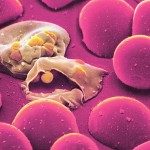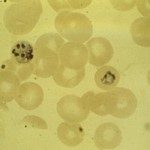Link to Pubmed [PMID] – 38517272
Link to DOI – 10.1002/smtd.202301518
Small Methods 2024 Mar; (): e2301518
Ice-templated porous biomaterials possess transformative potential in regenerative medicine; yet, scaling up ice-templating processes for broader applications-owing to inconsistent pore formation-remains challenging. This study reports an innovative semi-solid freeze-casting technique that draws inspiration from semi-solid metal processing (SSMP) combined with ice cream-production routines. This versatile approach allows for the large-scale assembly of various materials, from polymers to inorganic particles, into isotropic 3D scaffolds featuring uniformly equiaxed pores throughout the centimeter scale. Through (cryo-)electron microscopy, X-ray tomography, and finite element modeling, the structural evolution of ice grains/pores is elucidated, demonstrating how the method increases the initial ice nucleus density by pre-fabricating a semi-frozen slurry, which facilitates a transition from columnar to equiaxed grain structures. For a practical demonstration, as-prepared scaffolds are integrated into a bilayer tissue patch using biodegradable waterborne polyurethane (WPU) for large-scale oral mucosal reconstruction in minipigs. Systematic analyses, including histology and RNA sequencing, prove that the patch modulates the healing process toward near-scarless mucosal remodeling via innate and adaptive immunomodulation and activation of pro-healing genes converging on matrix synthesis and epithelialization. This study not only advances the field of ice-templating fabrication but sets a promising precedent for scaffold-based large-scale tissue regeneration.

